FOMC left monetary policy unchanged today. Federal funds rate is held at 0-0.25%. QE will continue with USD 80B in treasury securities and USD 40B in MBS per month. Overall the statement is nearly a carbon-copy of the prior one. There is little reaction to the announcement.
Full statement below.
The Federal Reserve is committed to using its full range of tools to support the U.S. economy in this challenging time, thereby promoting its maximum employment and price stability goals.
The COVID-19 pandemic is causing tremendous human and economic hardship across the United States and around the world. Amid progress on vaccinations and strong policy support, indicators of economic activity and employment have strengthened. The sectors most adversely affected by the pandemic remain weak but have shown improvement. Inflation has risen, largely reflecting transitory factors. Overall financial conditions remain accommodative, in part reflecting policy measures to support the economy and the flow of credit to U.S. households and businesses.
The path of the economy will depend significantly on the course of the virus, including progress on vaccinations. The ongoing public health crisis continues to weigh on the economy, and risks to the economic outlook remain.
The Committee seeks to achieve maximum employment and inflation at the rate of 2 percent over the longer run. With inflation running persistently below this longer-run goal, the Committee will aim to achieve inflation moderately above 2 percent for some time so that inflation averages 2 percent over time and longerterm inflation expectations remain well anchored at 2 percent. The Committee expects to maintain an accommodative stance of monetary policy until these outcomes are achieved. The Committee decided to keep the target range for the federal funds rate at 0 to 1/4 percent and expects it will be appropriate to maintain this target range until labor market conditions have reached levels consistent with the Committee’s assessments of maximum employment and inflation has risen to 2 percent and is on track to moderately exceed 2 percent for some time. In addition, the Federal Reserve will continue to increase its holdings of Treasury securities by at least $80 billion per month and of agency mortgage-backed securities by at least $40 billion per month until substantial further progress has been made toward the Committee’s maximum employment and price stability goals. These asset purchases help foster smooth market functioning and accommodative financial conditions, thereby supporting the flow of credit to households and businesses.
In assessing the appropriate stance of monetary policy, the Committee will continue to monitor the implications of incoming information for the economic outlook. The Committee would be prepared to adjust the stance of monetary policy as appropriate if risks emerge that could impede the attainment of the Committee’s goals. The Committee’s assessments will take into account a wide range of information, including readings on public health, labor market conditions, inflation pressures and inflation expectations, and financial and international developments.
Voting for the monetary policy action were Jerome H. Powell, Chair; John C. Williams, Vice Chair; Thomas I. Barkin; Raphael W. Bostic; Michelle W. Bowman; Lael Brainard; Richard H. Clarida; Mary C. Daly; Charles L. Evans; Randal K. Quarles; and Christopher J. Waller.




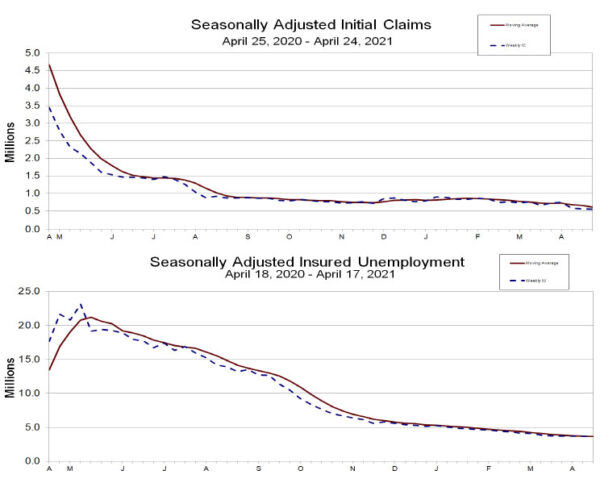
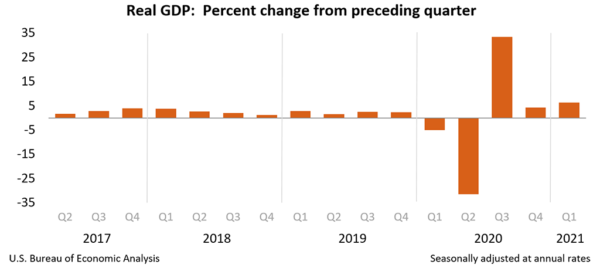
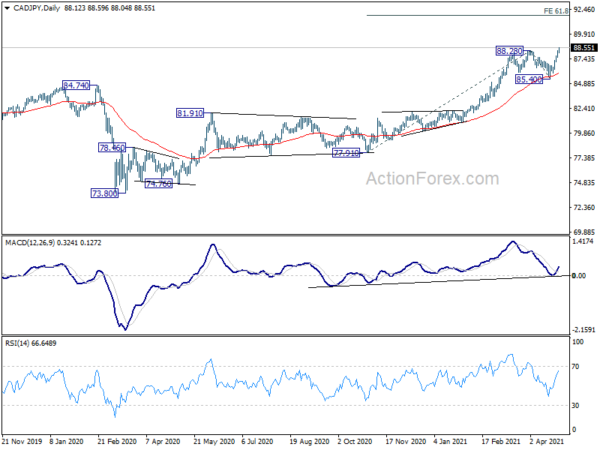
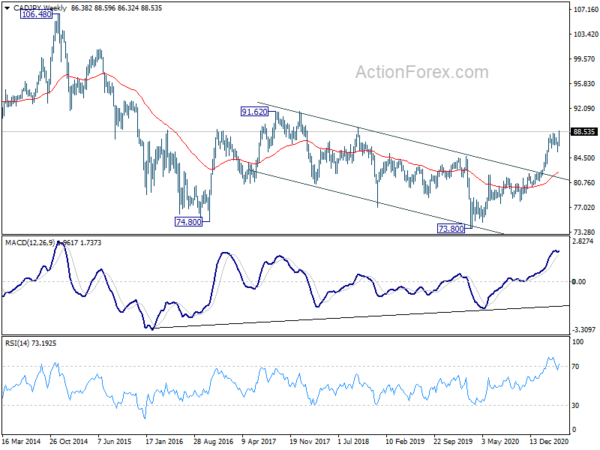
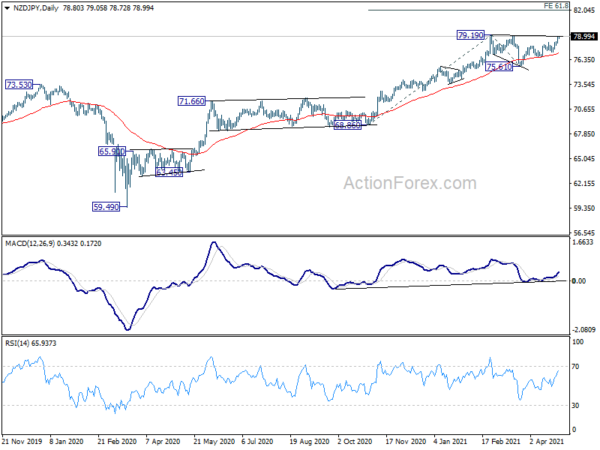
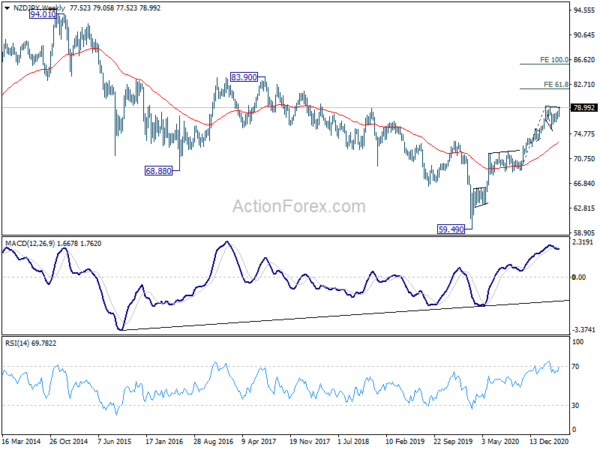
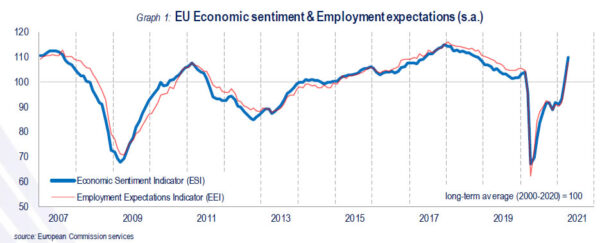
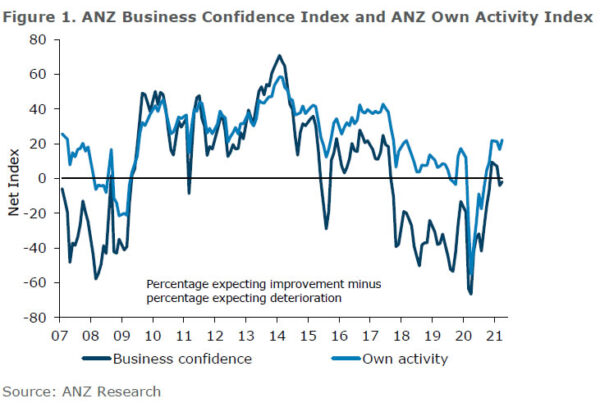
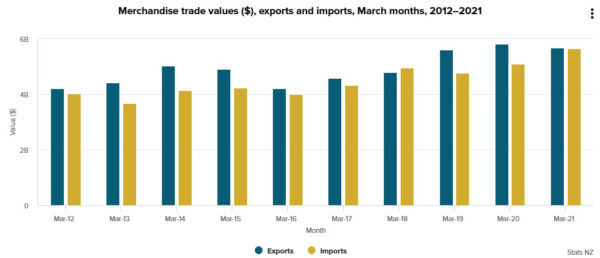
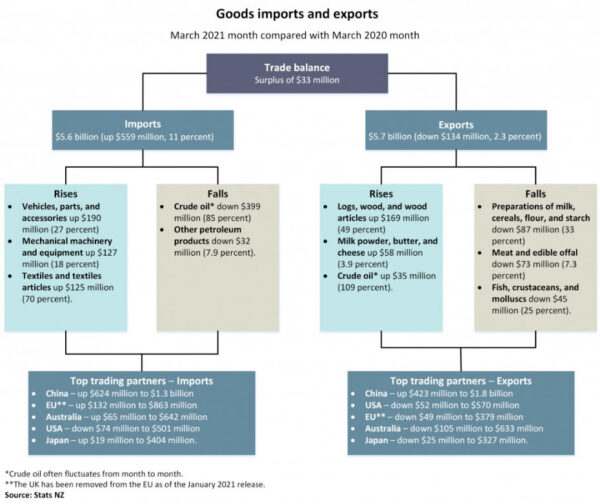
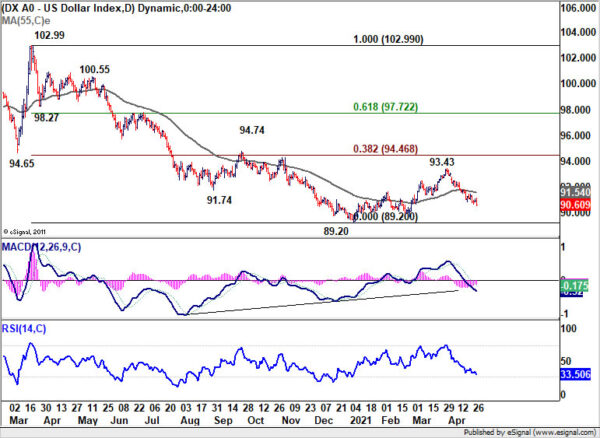
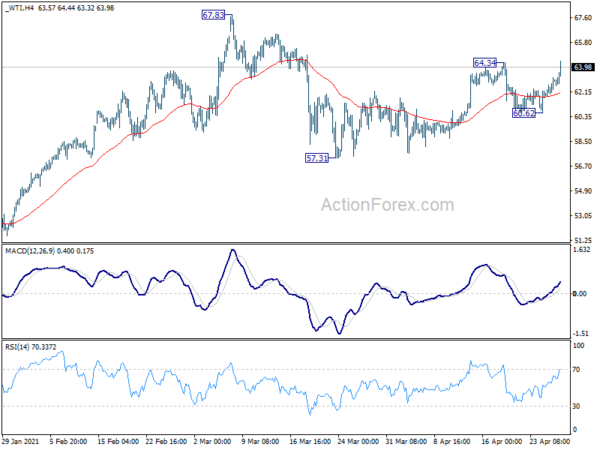
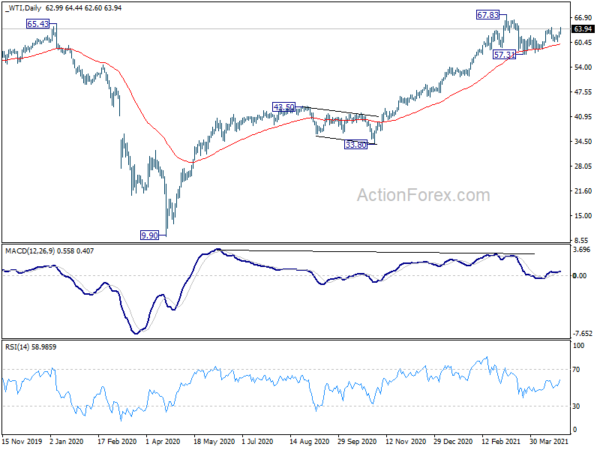
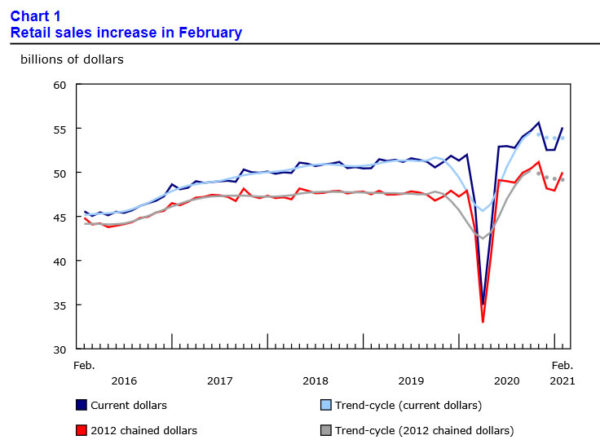
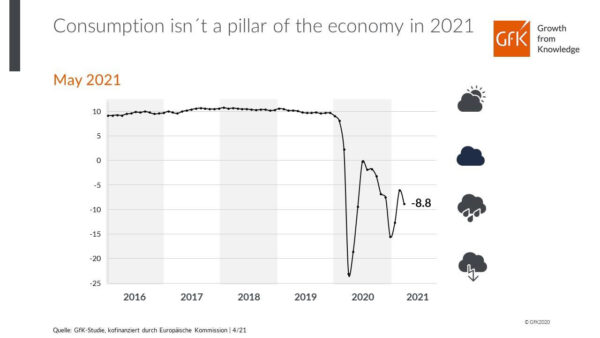
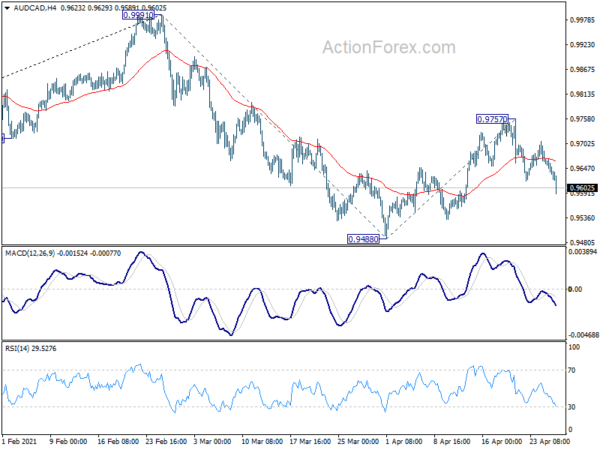
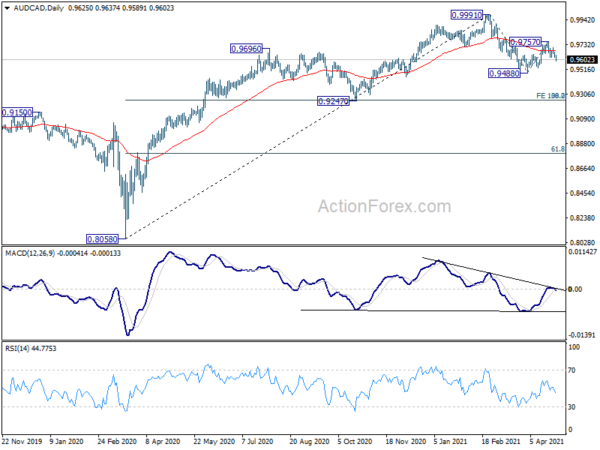
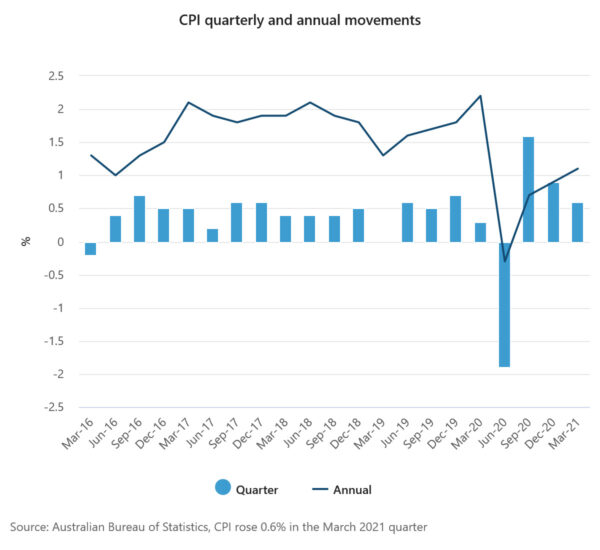

Japan industrial production rose 2.2% in Mar, PMI manufacturing finalized at 3-yr high in Apr
Japan’s Industrial production rose 2.2% mom in March, much better than expectation of -2.0% mom decline. According to survey by the Ministry of Economy, Trade and Industry, output is expected to rise another 8.4% in April, and then 4.3% in May. Unemployment rate dropped to 2.6%, down from 2.9%, better than expectation of 2.9%. Housing start rose 1.5% yoy, versus expectation of -7.4% yoy. Consumer confidence dropped to 34.7, down from 36.1, above expectation of 34.0. In Tokyo, CPI core slowed to 0.0% yoy, down from 0.3% yoy, missed expectation of 0.3% yoy.
PMI Manufacturing was finalized at 53.6 in April, up from March’s 52.7. That’s the strongest reading since April 2018. Usamah Bhatti, Economist at IHS Markit, said: “Japanese manufacturers continued to report a positive outlook for activity in the medium term. Close to 36% of panellists estimated that output levels would rise over the coming year. This was in line with the current IHS Markit forecast for industrial production to grow 7.7% in 2021, although this does not fully recover the output lost to the pandemic in 2020.”